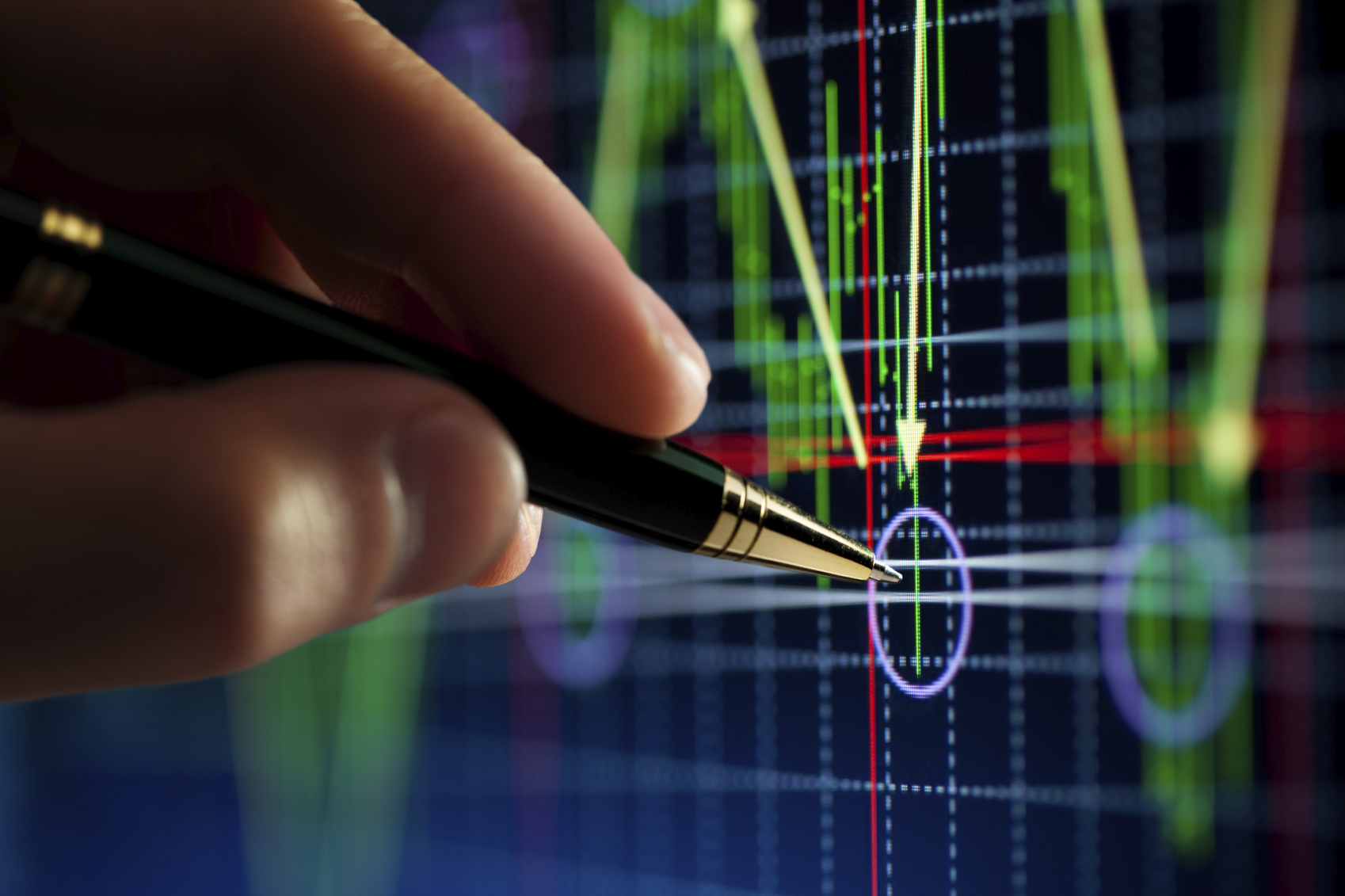
Transparency Market Research (TMR) forecasts the global biosimulation market to exhibit strong growth between 2016 and 2024. The rising use of pharmacokinetic (PKPD) and pharmacodynamics will seemingly help the market gain in the coming years. Besides this, the high application of biosimulation in drug discovery and drug development holds strong prospects for the market. Besides these chief factors, the increasing demand for advanced technologies in order to reduce the cost incurred on drug discovery and development processes is a key factor supporting the market’s growth.
In addition, the market is also expected to gain from the increased healthcare spending, advent of modelling tools, improved simulation, and the introduction of advanced computer technologies. Despite the growth exhibited by the market treading along a positive path, the lack of standardization in biosimulation methodology is continuing to create bottlenecks for the market. Furthermore, the absence of proper knowledge about various biological systems and processes and the prevalence chances of drug failure are hampering the market’s growth to an extent.
Nevertheless, with innovations slated to foray in the forthcoming years, the market is expected to witness steady growth in the near future.
Regionally, North America, Asia Pacific, Europe, and Rest of the World constitute the key market segments. Among these regions, North America emerged dominant as a majority of the prominent enterprises in the global biosimulation market are domiciled in the region. Europe trails North America and thus emerged as the second lead in the market. Regulatory efforts by government and healthcare bodies in both these regions aimed at promoting the use of advanced technologies in drug development and discovery are aiding the market’s growth in Europe and North America.
On being at a nascent stage, the market in Asia Pacific witnesses relatively slower growth. Despite the benefits it offers, the lack of skilled workers and inadequate infrastructure facilities are inhibiting the market’s growth in Asia Pacific.
Some of the leading players operating in the global biosimulation market are Accelrys, Certara, Rhenovia, Archimedes, Entelos, Insilico Biotechnology, Genedata, Insilico biosciences, Simulation Plus, ACD/Labs, Schrodinger, Physiomics, LeadScope, and Compugen.
Biosimulation market, witness significant growth, north america & europe